7 unsung Android upgrades you may have missed from the Pixel 10 launch
From software features to new hardware
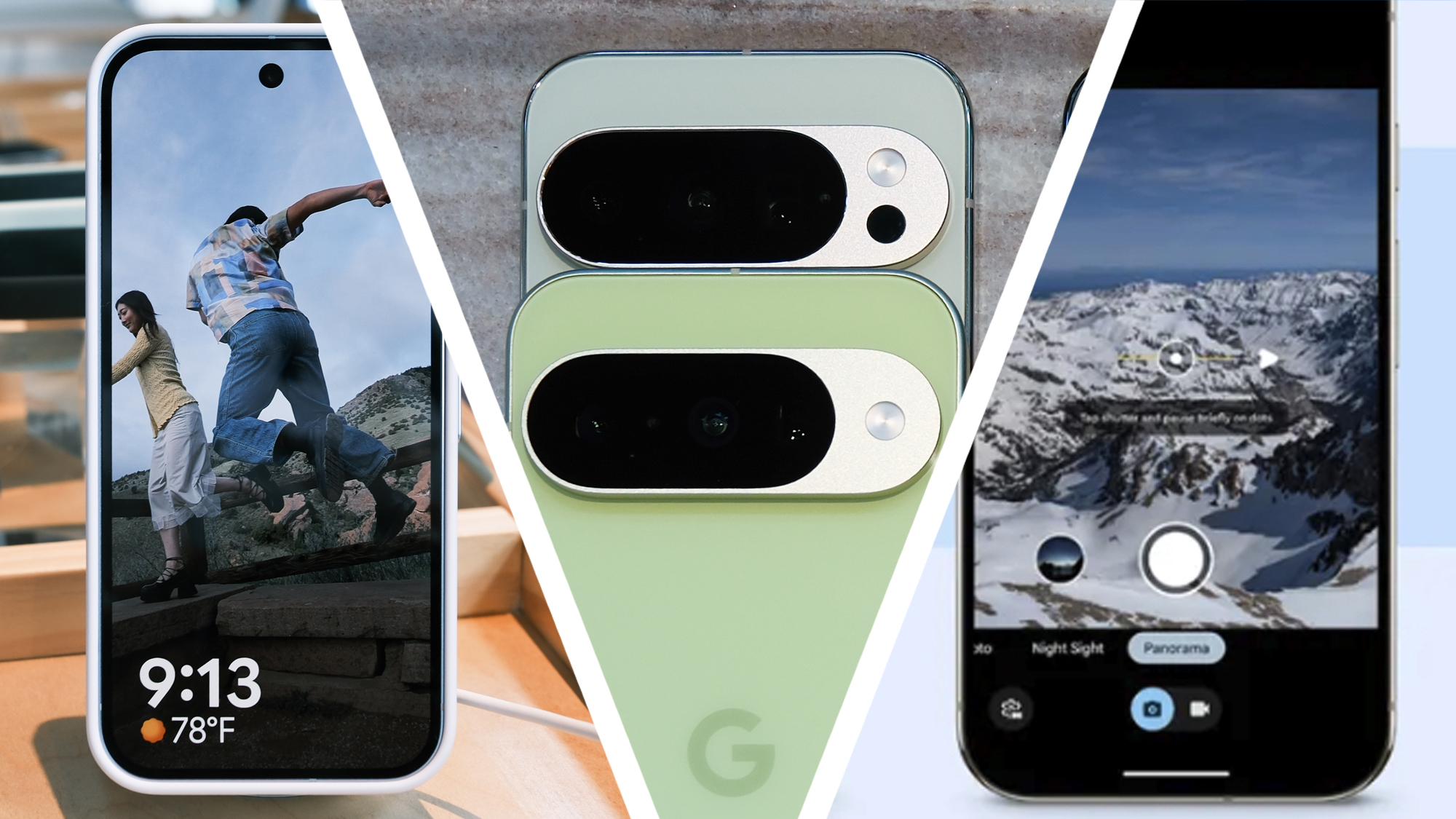
The latest Made by Google event was a packed affair, with not just four new phones being announced but also a new wearable, new Pixel Buds, and a whole bunch of new software features.
But with so many things fighting for attention, a lot of smaller announcements fell through the cracks. These for the most part are handy software features on the hardware you’ll already have heard about, but there’s even some hardware you might have missed, too.
So below, we’ve run down seven small-but-important details that are worth knowing about but could have easily been missed.
1. The Pixel 10’s screen saver is more sleep-friendly
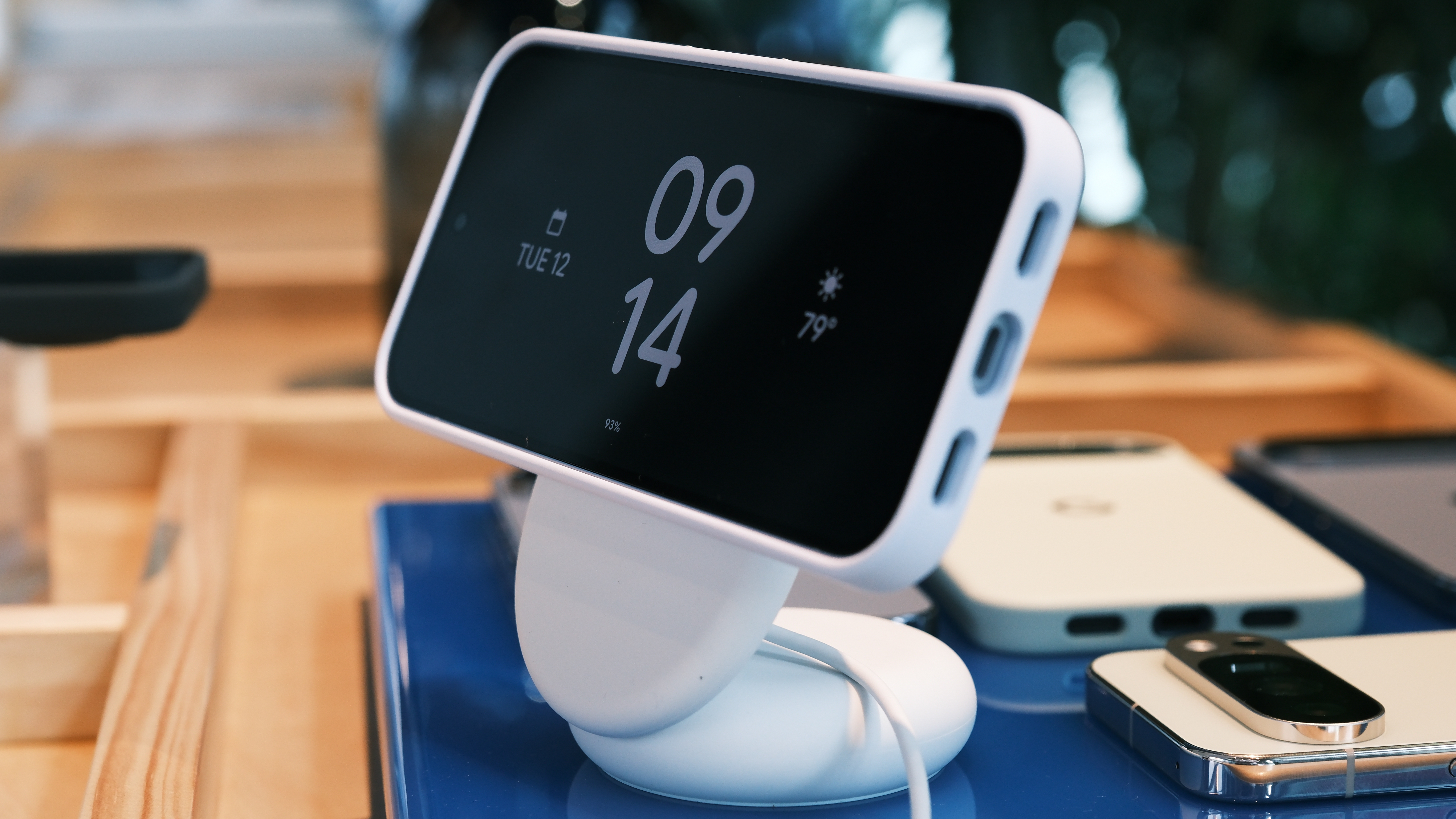
The Pixel’s screen saver can be a nice feature to enable, giving you a clock or photos you can look at while the device is charging. But if you tend to charge your phone overnight, you might find its screen saver function is a bit bright for your darkened room.
With the Pixel 10 though, Google has a solution to this, giving you the option to enable a low-light mode, which will automatically lower the screen saver’s brightness when the surroundings are dark.
2. Transferring your iPhone eSIM over to a Pixel is getting easier
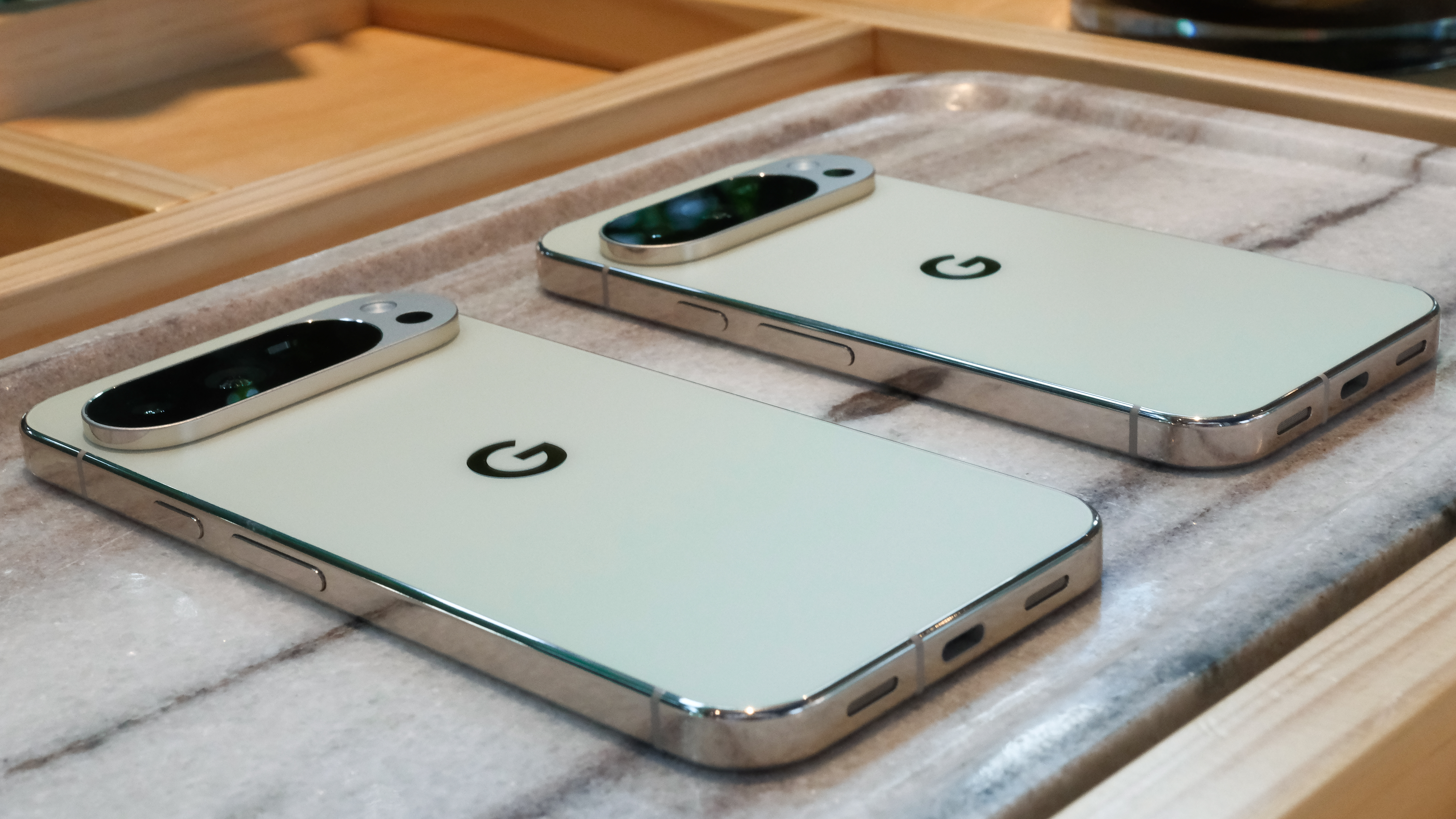
When it comes to eSIMs on the Google Pixel 10 series there’s good news and bad news. The bad news is that – in the US at least – they're eSIM-only. But the good news is that transferring an eSIM over from an old phone should be a simple exercise.
Doing so from another Android has long been quite straightforward, but now Google looks set to make it easier to transfer an eSIM over from an iPhone too.
Sign up for breaking news, reviews, opinion, top tech deals, and more.
Shortly after the Pixel 10 launch, Android Authority spotted strings of code that suggest Google and Apple are working on a way to make transferring eSIMs between their phones seamless – so you would also more easily be able to move from a Pixel to an iPhone.
This functionality hasn’t actually launched yet, but based on an early version of the eSIM transfer screen on Android it looks like it will require iOS 26, so it could launch alongside that, later this year.
3. A new Nest speaker could be on the way
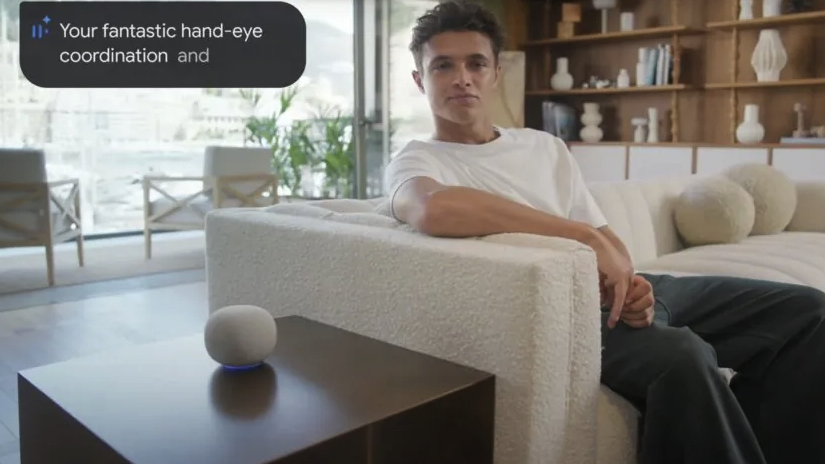
Google didn’t announce any new Nest hardware at its latest event, but the company may have shown us some anyway.
As spotted by Android Authority, there’s an unfamiliar smart speaker visible during a video spot, so this could be a teaser of some new Nest hardware on the way.
The company did announce that Gemini will be replacing Google Assistant on its smart speakers from October, so perhaps a new device will arrive around the same time, but that’s just speculation for now.
It certainly seems like new Nest hardware is due though, and that would be particularly good news for anyone in the Android ecosystem.
4. The Pixel Watch 4's SOS satellite trick arrives for the LTE version
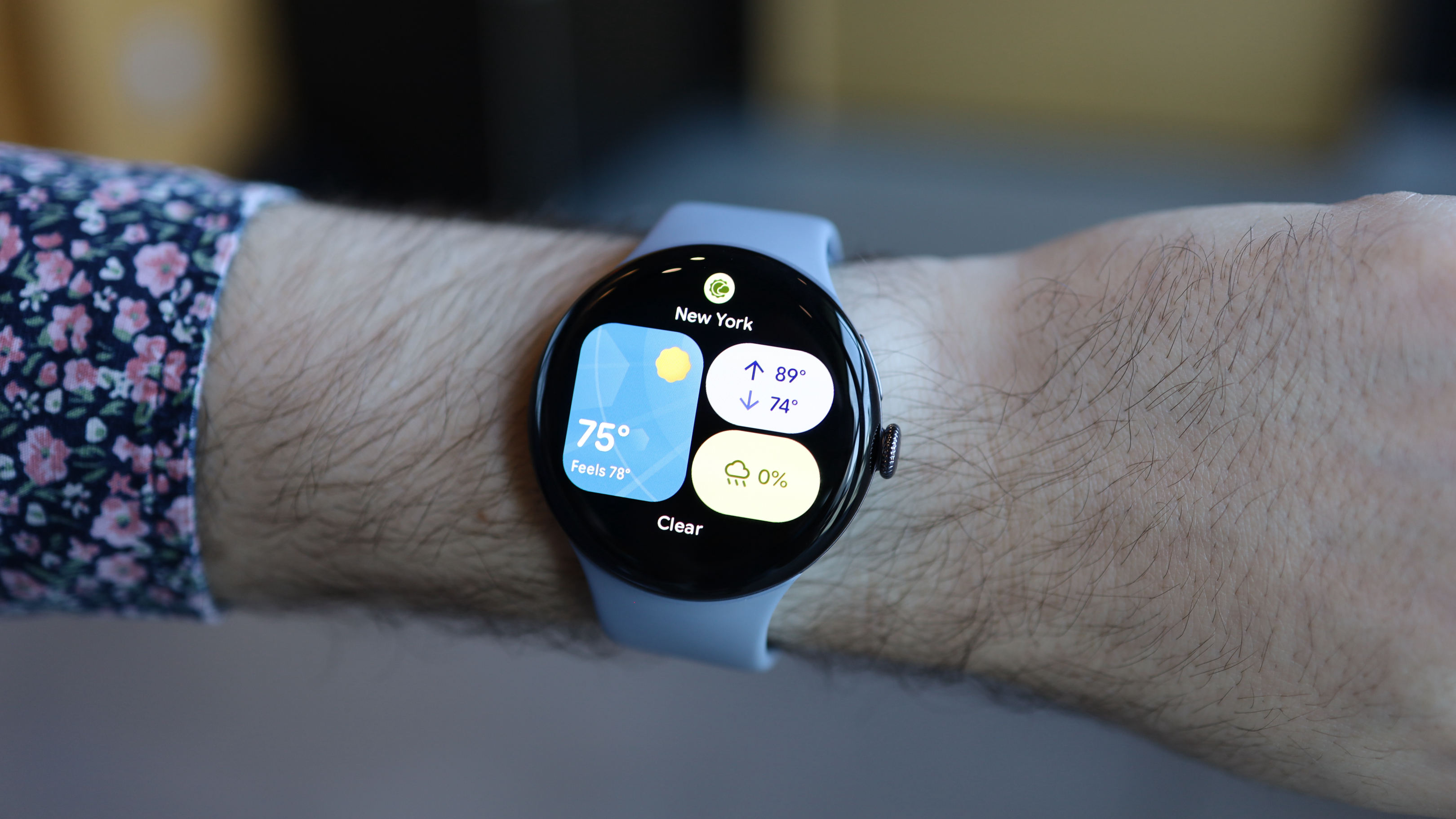
The Google Pixel Watch 4 contains a handy new feature in the form of satellite communication in emergencies, meaning you can contact emergency services from your watch, even when there’s no cell signal, as it can connect directly to satellites.
But despite this not relying on a cellular signal, it still only works with the LTE version of the Pixel Watch 4.
There’s a reason for this, as the satellite SOS feature still depends on some of the antenna and chipset hardware of the LTE model, but this does mean there’s one more reason you might want to consider a pricier LTE version, even if you don’t care about LTE capabilities.
Before you buy one though, note that this feature is also currently exclusive to the US (excluding Hawaii and Alaska), and of course that it’s specifically for emergencies – so you can’t use satellites for normal communication like messages.
5. There’s a clever new dual-port charger

Alongside all the major hardware announcements at this Made by Google event, the company also unveiled some accessories, including a Pixel Flex Dual Port 67W USB-C Fast Charger.
This not-at-all-catchily-named device is – as you might have guessed – a charger, but it’s not just any charger, as it can charge two devices at once, and it will cleverly prioritize your Pixel if that’s one of the devices you plug into it.
So your phone will juice up fast, while whatever else is connected to it will charge a bit slower. And when we say fast, we mean it, as Google claims this is the fastest dual-port charger available for Pixel phones.
6. Panorama mode has had some upgrades
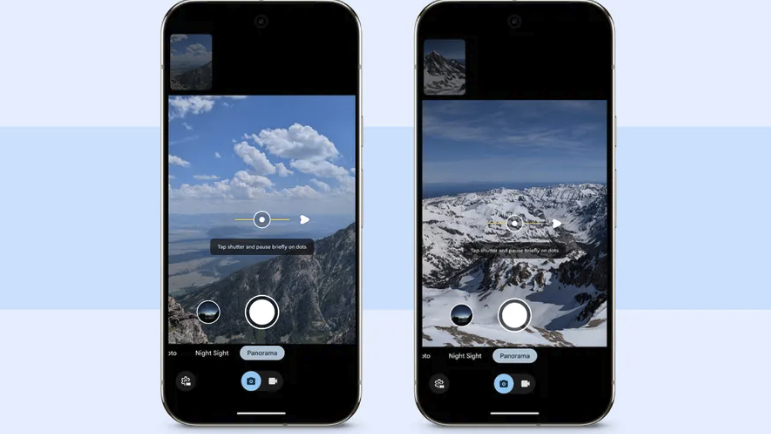
Anyone who likes taking panoramic photos has some new goodies to look forward to with the Pixel 10 series, as Google has updated the camera’s panorama mode with two new features.
First up, you can now use the 5x telephoto camera to capture panoramas, so if you want a panoramic shot that’s more zoomed in, you can do that now. Strangely, you still can’t use the ultra-wide camera though, even though that would seem an obvious choice for a panorama.
The other improvement is the addition of manual controls for these shots, letting you adjust the shadows, white balance, exposure, and focus, so you’ll have more control over how your panoramas come out than ever before.
7. The Pixel 10 Pro’s screen won’t strain your eyes as much as some phones
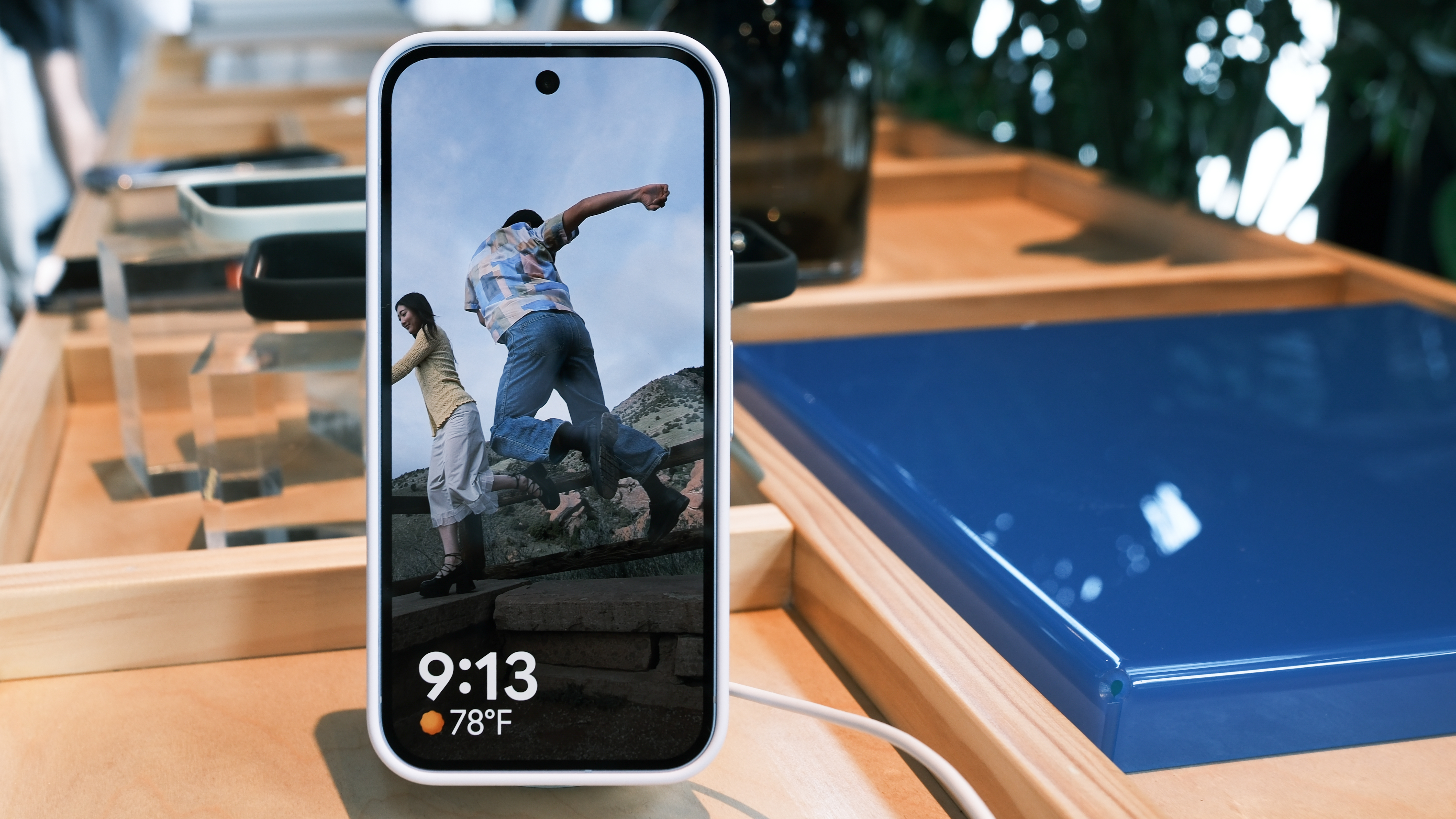
The Pixel 10 Pro and the Pixel 10 Pro XL both come with a new toggle to "Adjust brightness for sensitive eyes," and when this is enabled, the pulse width modulation (PWM) rate of the screen will be increased from 240Hz to 480Hz.
PWM dimming is used to adjust the brightness of OLED screens, and it achieves this by rapidly turning the screen on and off. The result is that your screen is actually flickering all the time, and for some people this can cause eye strain and headaches.
By increasing the PWM rate with this new mode, the flicker should be less noticeable, even to people who are sensitive to it.
It’s worth noting that even 480Hz is a lot lower than some phones though, with the Vivo X200 for example having a 2,160Hz rate, and some other handsets either not using PWM dimming at all to achieve brightness changes, or using a hybrid approach where PWM dimming only kicks in at very low screen brightness levels.
Still, at 480Hz the Pixel 10 Pro series will at least be on par with the likes of the iPhone 16 series and the Samsung Galaxy S25 Ultra. And the Pixel 10 Pro Fold also includes this eye-friendly feature – but only for its foldable screen.
You might also like
James is a freelance phones, tablets and wearables writer and sub-editor at TechRadar. He has a love for everything ‘smart’, from watches to lights, and can often be found arguing with AI assistants or drowning in the latest apps. James also contributes to 3G.co.uk, 4G.co.uk and 5G.co.uk and has written for T3, Digital Camera World, Clarity Media and others, with work on the web, in print and on TV.
You must confirm your public display name before commenting
Please logout and then login again, you will then be prompted to enter your display name.